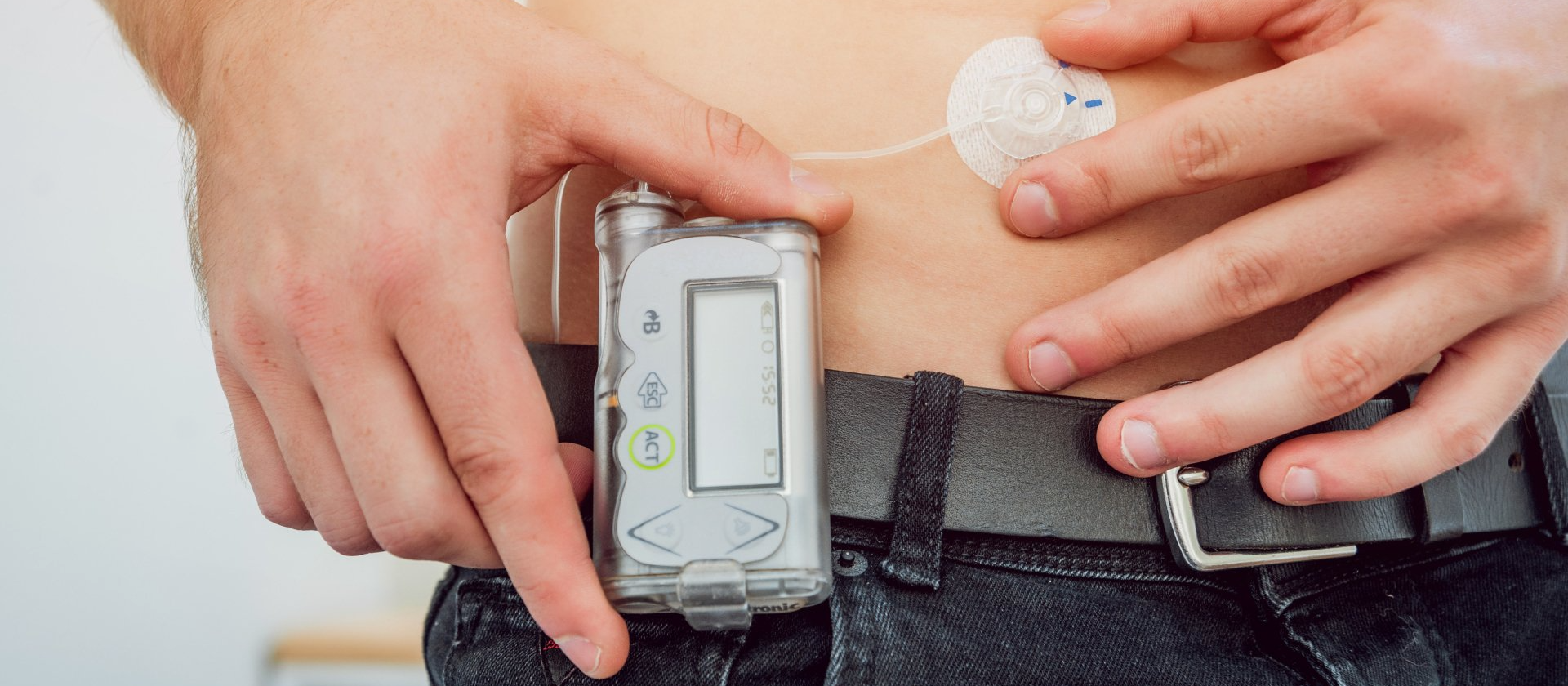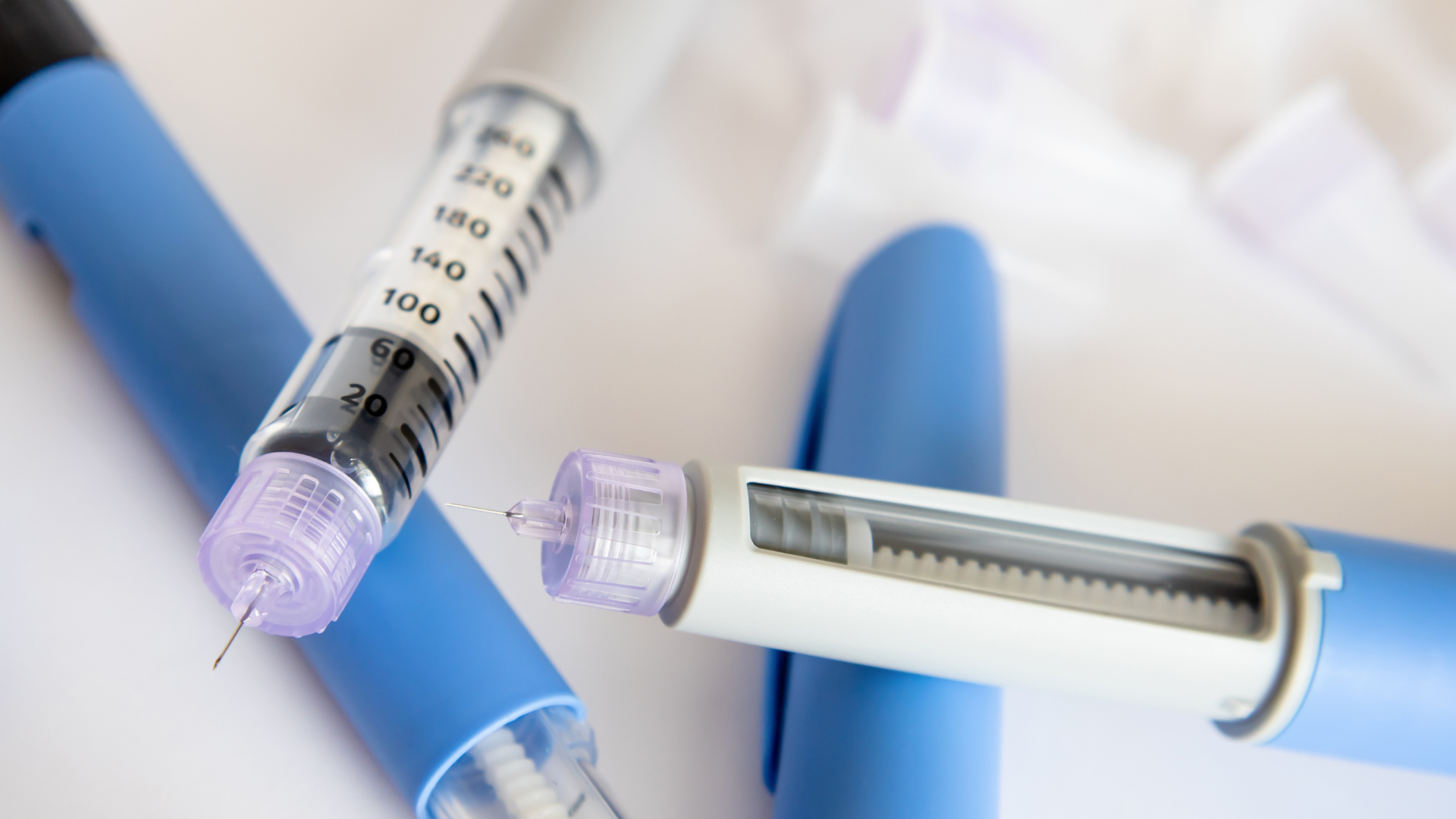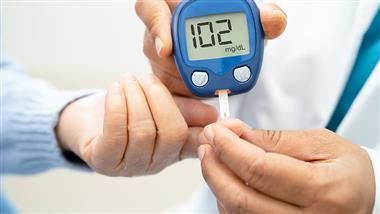Considering a Continuous Glucose Monitor?
Freedom of Treatment Coupled With Increased Accuracy
Though much work remains to be done in the fight against diabetes, modern technology has made some amazing strides in the treatment and management thereof. One of the most important pieces of technology to emerge has been the development of the continuous glucose monitor, or CGM for short. These devices have allowed patients a higher degree of freedom in their treatment and allow more leeway for human error.
What exactly are continuous glucose monitors? How do they work and who do they benefit? Let’s take a closer look at these amazing devices and help you decide if they might be exactly what you need for the management of your diabetes.

What are continuous glucose monitors?
In the simplest terms, a CGM is a small device that attaches directly to your skin and constantly monitors your blood sugar levels. Though they deliver less immediate readings than finger pricks, they provide you with your levels in more or less real time.
Some models have a display screen that displays your levels, while others can be checked through a smartphone app. They differ from traditional static blood glucose tests in that they
provide a continuous stream of data, while finger prick tests only provide a single data point.

How do they work?
Continuous glucose meters are attached to your skin with an adhesive, typically on your arm or abdomen with a small sensor penetrating your skin. Unlike finger prick-fed home glucose monitors that take readings directly from your blood, this sensor (called a cannula) takes readings of your interstitial fluids (the liquid that surrounds the cells in your body). This sensor measures your blood glucose at regular intervals and will alert you if you start to become hypo- or hyperglycemic. CGMs are often a part of, or used in conjunction with, an insulin pump, essentially automating insulin management and monitoring.
It’s important to note that CGMs do not completely replace home glucose meters, as those will have to be used throughout the day to properly calibrate the machine. Additionally, the sensor will have to be replaced every week or two depending on the model and your lifestyle.

What are the benefits?
Perhaps the greatest benefit of CGMs is the wealth of data they provide. Where traditional home glucose monitors only provide readings when you provide them, a CGM that reads your A1C levels every five minutes will provide you with over 288 readings a day. This provides your endocrinologist with enough information to chart trends in your blood glucose levels and glean a greater understanding of how your lifestyle affects your condition and can make more informed suggestions accordingly.
CGMs have been clinically demonstrated to reduce the risk of of hypoglycemia and hyperglycemia which removes a great deal of risk in your daily life. As previously mentioned, CGMs will alert you directly when your blood sugar seems to be getting too high or too low.
There’s also the convenience and planning factor. As you gain a more holistic picture of how diabetes affects you, planning your meals, exercise routines, and the amount of insulin and snacks you need to bring with you makes managing your diabetes that much easier.
Though most people with diabetes quickly become accustomed to the finger pricks necessary for their glucose meters at home, CGMs offer a welcome reprieve. Musicians, artists, people who work with their hands, and those who spend a good portion of their time at a computer typing will welcome the opportunity to not have to press a healing finger onto a hard surface.
If a continuous blood glucose monitor seems like the diabetes management solution you’ve been waiting for, please don’t hesitate to reach out to us today! It might be just what you need to live with the degree of freedom you’ve been missing.




Healthy Bites















